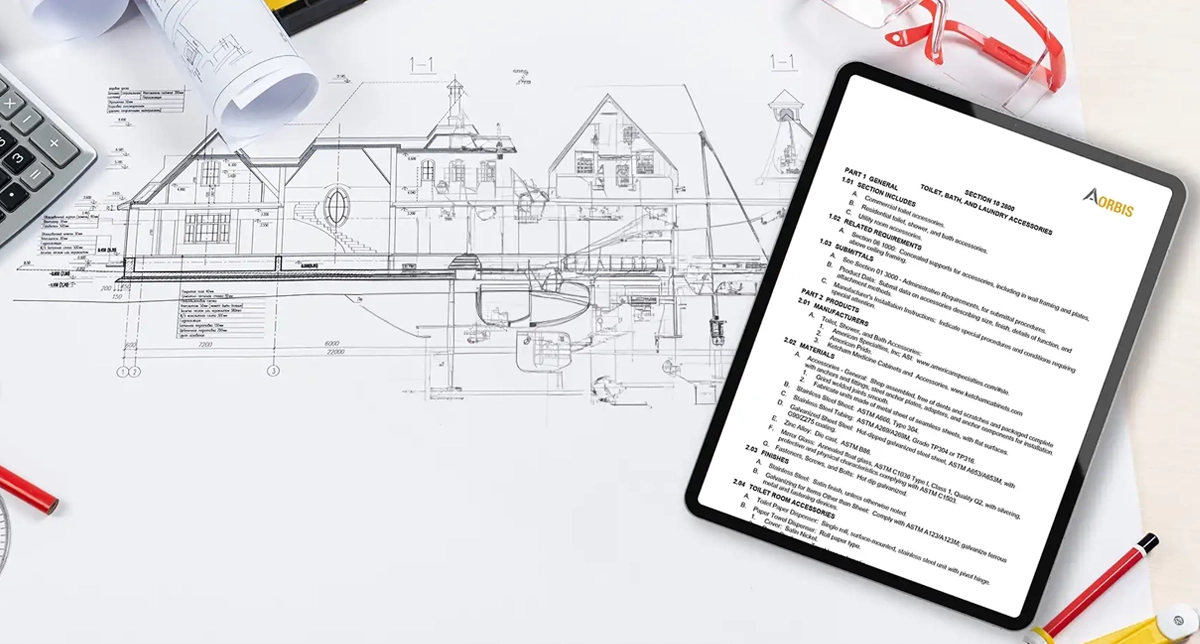When it comes to building and design, doors play a crucial role in both functionality and aesthetics. There’s a wide variety of doors made from different materials, and understanding your options can help builders, architects and designers select the perfect fit for their projects.
For instance, wooden doors bring a classic, warm feel to any space, while glass doors add a sleek, modern touch and allow natural light to flood in. On the other hand, steel doors offer impressive strength and security. Each type of door has its own unique benefits and considerations, so it’s important to know the differences.
In this blog, we’ll explore the various types of doors based on their materials. We’ll cover their features, advantages, and ideal uses, helping you choose the right door for your needs. Whether you’re building a new home, renovating an existing space, or simply looking to upgrade, understanding your options will enable you to create a space that looks great and functions beautifully.
9 Types of Doors by Their Materials
1. Wood Doors
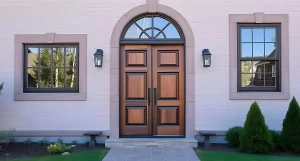
Wooden doors are a favorite choice in construction for several good reasons. They not only look fantastic, but they’re also durable and versatile enough to match a variety of styles. Whether made from solid wood or engineered wood, you’ll find wood screen door designs that fit perfectly with different architectural themes.
Exterior Wood doors are excellent for insulation, which helps keep buildings energy-efficient. A wood door can be tailored in size, shape, and finish, giving each project a unique touch.
Quality wooden doors are tough and built to withstand everyday wear and tear, making them ideal for both indoor and outdoor use. That said, they do require some regular maintenance, like sealing and refinishing, to keep them protected from moisture and prevent damage over time.
Another perk of a wood front door is their ability to reduce noise, which is a big plus for homes or offices where sound control is important. When selecting wooden doors, contractors should consider the type of wood, the intended use, and the local climate to ensure longevity and performance. All in all, choosing the best wood to use for exterior front door is a smart choice that can elevate a building’s appearance while providing practical benefits.
2. Glass Doors
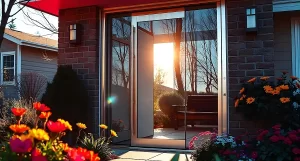
Glass doors are becoming increasingly popular in homes and businesses, and it’s easy to see why. Front doors with glass offer a modern look and allow plenty of natural light to flood in, creating a warm and inviting atmosphere. With styles ranging from sliding to folding and hinged, they give designers plenty of creative options.
Sliding glass doors offer some real advantages. They create a seamless flow between indoor and outdoor spaces, which can enhance the overall feel of a building. Plus, they can make smaller rooms feel more spacious and open, which is especially beneficial in tight areas. When it comes to energy efficiency, modern frosted glass doors are equipped with features like double or triple glazing, low-emissivity (low-E) coatings, and argon gas filling. These technologies help regulate temperature, making them suitable for a variety of climates.
However, it’s essential to prioritize safety and security when installing glass entry doors. Using tempered or laminated glass can help minimize the risk of breakage, and following building codes is crucial. Proper framing and installation are also key to preventing issues like leaks or drafts. Maintenance is another important consideration. While glass doors are generally easy to clean, they do require regular upkeep to keep them looking their best. Overall, when installed with care, glass doors can be a versatile choice that significantly enhances both the aesthetic and functionality of a space.
3. Steel Doors

Steel doors are a popular choice for both homes and businesses, and for good reason. They’re incredibly strong and secure, providing excellent protection against break-ins and harsh weather—making them ideal for exterior use.
One of the biggest advantages of steel doors is their low maintenance. Unlike wood or fiberglass, they’re less likely to warp, crack, or split, so they continue to look great and function well with minimal effort. Plus, they come in a variety of finishes, like paint or vinyl, allowing them to blend seamlessly with the overall design of a building. When it comes to energy efficiency, many steel doors offer insulation options that help keep the temperature stable, which is especially beneficial in extreme weather conditions.
Another important benefit is their fire resistance. Steel doors can be designed to meet specific fire safety ratings, adding an extra layer of protection in commercial buildings or apartment complexes.
That said, steel doors can be prone to dents and scratches, which might detract from their appearance over time. Proper installation is crucial to ensure they function effectively, especially when it comes to sealing to prevent air and water leaks. Steel doors are a practical choice for contractors seeking security, durability, and energy efficiency, making them suitable for a wide range of applications.
4. Artisan Made Steel Door Old Mission Style
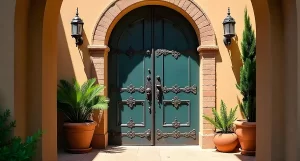
Artisan made steel door old Mission-style doors draw inspiration from the early 20th-century Arts and Crafts movement. They’re celebrated for their simple yet elegant designs and exceptional craftsmanship, often crafted from natural materials like wood and iron. These doors can bring a vintage charm to a variety of homes, perfect for those seeking a historic touch.
Artisan-made steel door old mission style take this classic aesthetic and elevates it with modern features, resulting in pieces that are both sturdy and stunning. Available in a range of finishes, they can be customized with unique details like intricate ironwork or a blend of steel and wood, creating a warm and inviting look.
By merging traditional craftsmanship with modern technology, these doors offer a perfect mix of beauty, security, and durability. They serve as striking focal points in both classic and contemporary settings. In short, artisan-made steel doors in mission style bring rustic elegance and quality, making any space feel truly special.
5. PVC Doors
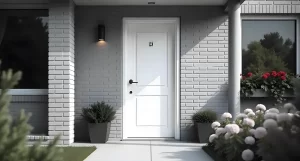
PVC doors are gaining popularity in construction for several good reasons. They’re durable, low-maintenance, and incredibly versatile. Made from polyvinyl chloride, these doors are lightweight yet strong, making them suitable for both indoor and outdoor use.
For contractors, PVC doors offer great advantages. They resist moisture, which makes them ideal for humid spaces like bathrooms and kitchens. Unlike wood, they won’t warp or rot, helping them maintain their appearance and functionality over time. This resilience is especially beneficial in areas with significant temperature fluctuations. Another plus is the wide variety of styles, colors, and finishes available. Contractors can customize PVC doors to match the specific look of a project, whether they want them to mimic wood or come in solid colors, providing plenty of design flexibility.
Installation is generally straightforward, and many PVC doors come pre-finished, saving valuable time on the job site. They also offer energy efficiency benefits by providing good insulation, which can help lower heating and cooling costs. While PVC doors are tough, they might not be as impact-resistant as materials like steel. It’s important for contractors to consider the specific needs of each project to determine if PVC doors are the right fit.
6. Fiberglass Doors
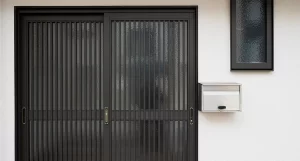
Fiberglass doors are becoming a popular choice for both homes and businesses. Made from reinforced fiberglass, these doors offer a great blend of strength, insulation, and aesthetic appeal. Fiberglass doors resist weather-related issues like moisture and temperature changes, so they won’t warp, crack, or split like wood. This means they maintain their appearance and functionality with minimal upkeep.
One of the standout features of fiberglass doors is their energy efficiency. Many are designed with insulation that helps keep heat in or out, which can lead to lower energy bills—especially valuable in areas with extreme weather. They’re also highly versatile in terms of style. Fiberglass doors can be crafted to look like traditional wood, giving you that classic feel without sacrificing the benefits of modern materials. With various styles, colors, and finishes available, there’s plenty of room for customization to fit different architectural designs.
Installation is generally straightforward, and many fiberglass doors come pre-finished or primed, saving time on the job site. However, it’s crucial for contractors to ensure they’re properly sealed and weather-stripped to achieve optimal performance. While fiberglass doors can be a bit pricier than some other options, their durability and energy efficiency often make them worth the investment.
7. Aluminum Glazed Doors
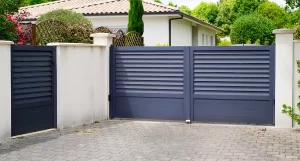
Aluminum glazed doors are a sleek and stylish option that’s becoming increasingly popular for both homes and businesses. With their strong aluminum frames and large glass panels, these doors let in plenty of natural light and create a seamless transition between indoor and outdoor spaces.
The aluminum frame is incredibly durable—it won’t rust, corrode, or warp, making these doors suitable for various climates, especially in coastal areas where saltwater can be an issue.
Energy efficiency is another big plus. Many of these doors feature thermal breaks and insulated glass, which help keep temperatures stable. This can lead to lower heating and cooling costs, making them an excellent choice for eco-friendly projects.
Aesthetically, aluminum glazed doors offer a modern look that can enhance a building’s overall design. They come in a variety of colors and finishes, allowing for customization to match the project’s style.
Installation is generally straightforward, but it’s essential to ensure proper sealing and alignment to prevent air and water leaks. Contractors also need to consider the weight of the glass and frame, as this can influence the choice of hardware and the installation process.
While aluminum glazed doors may have a higher upfront cost compared to some other options, their long lifespan and low maintenance requirements often make them a cost-effective choice in the long run.
8. Hollow Metal Doors
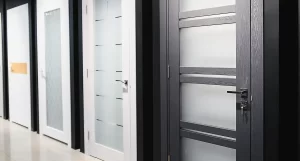
Hollow metal doors are a solid and secure option often found in commercial and industrial environments. Made from steel sheets with a honeycomb or polystyrene core, these doors are designed to handle heavy use and high traffic, making them perfect for places like schools, hospitals, and warehouses.
For contractors, the appeal of hollow metal doors lies in their durability and security. They’re resistant to impacts, fire, and unauthorized entry, making them ideal for exterior doors where safety is a priority. Many of these doors are fire-rated, which means they can help contain fires during emergencies.
Energy efficiency is another benefit, as these doors can be insulated to enhance thermal performance, potentially lowering energy costs. They also often come with weather stripping and seals to minimize air leaks.
Maintenance is relatively straightforward; hollow metal doors can be painted or finished to match the desired aesthetic, and their surfaces are easy to clean and repair if needed. It’s important, though, for contractors to select a finish that prevents rust and corrosion, especially based on the environment in which the door will be installed.
While hollow metal doors may be pricier than some alternatives, their long lifespan and security features typically make them a wise investment for commercial use.
9. Vinyl Doors
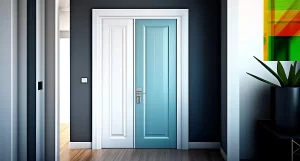
Vinyl doors are a popular choice for both homes and businesses, and it’s easy to see why. They’re durable, low-maintenance, and resistant to a variety of environmental factors. Made from polyvinyl chloride (PVC), these doors are lightweight yet strong, making them versatile for many applications.
From a contractor’s perspective, vinyl doors excel at resisting moisture, making them ideal for humid areas like bathrooms and kitchens. Unlike wood, they won’t warp, crack, or rot, so they maintain their appearance and functionality over time. This durability is especially important in regions with changing weather conditions. Energy efficiency is another major plus. Many vinyl doors feature insulated cores that help minimize heat transfer, which can lead to lower heating and cooling costs. This is a great benefit for homeowners and building managers looking to save on energy bills. Aesthetically, vinyl doors offer plenty of options. They come in a range of colors and finishes and can even be designed to mimic wood or other materials, allowing for customization to fit various architectural styles.
While vinyl doors are often more affordable than some other options, they may not be as impact-resistant as materials like steel or fiberglass. So, it’s important to consider the specific needs of each project.
The Bottom Line
In conclusion, choosing the right door material is essential for both the look and functionality of any construction project. Different materials—like wood, glass, steel, PVC, fiberglass, aluminum, hollow metal, and vinyl—each have their unique benefits that cater to specific needs. For instance, wooden doors add a warm, customizable touch, while glass doors brighten up a space and create an open feel. Steel and hollow metal doors are incredibly sturdy and perfect for high-security areas. On the other hand, PVC and vinyl doors are low-maintenance and moisture-resistant, making them ideal for humid environments. Fiberglass and aluminum doors strike a nice balance between style and energy efficiency.
When selecting a door, it’s important to consider factors like climate, intended use, maintenance requirements, and your design preferences. By understanding what each material brings to the table, you can make informed choices that enhance spaces.
If you’re in the market for quality interior and exterior doors, AORBIS is a reliable door supplier that offers a diverse range of materials and styles. They prioritize durability, design, and energy efficiency. Choosing the right door supplier like AORBIS can not only help elevate the aesthetic of a building but also boost its overall performance and security—making them a smart choice for any construction or renovation project.
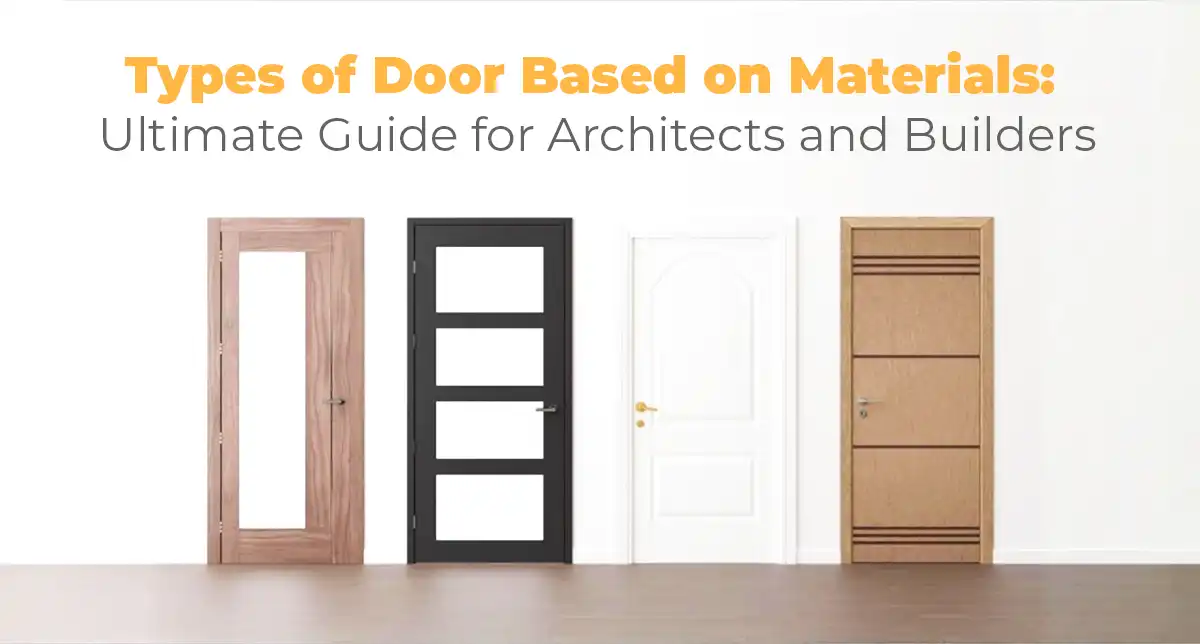
![Complete List of Construction Specifications Terms [Ultimate Reference Guide 2025]](https://www.aorbis.com/wp-content/uploads/2025/04/Complete-List-of-Construction-Specifications-Terms.png)


